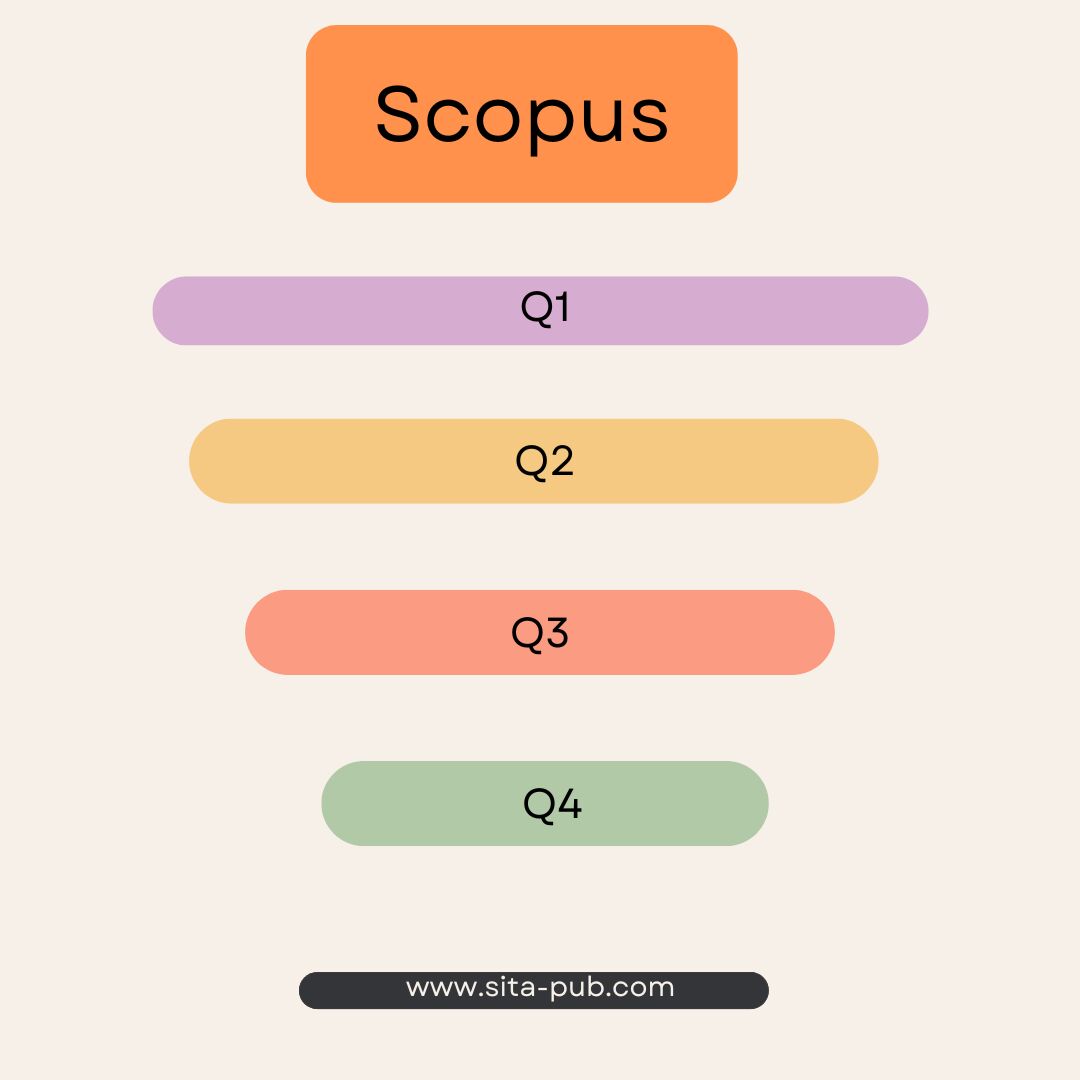Quartile Rankings and Evaluation Metrics in Scopus Journals


This article aims to delve into the evaluation metrics employed by Scopus journals along with their significance and limitations.
Journal quartiles provide a standardized ranking system used to assess the relative performance of journals within specific subject areas. The quartile system divides journals into four equal groups based on their citation performance. Journals with higher citation counts are placed in higher quartiles, indicating high impact and visibility within their respective fields. The quartile rankings are denoted as Q1, Q2, Q3, and Q4, representing the highest to the lowest citation impact, respectively.

Quartile rankings serve as a valuable tool for researchers, institutions, and funding agencies to evaluate the quality and impact of journals. Journals placed in higher quartiles, such as Q1 and Q2, are often perceived as having more influence and visibility within their fields. Researchers may prefer publishing in these journals to enhance the visibility and impact of their work, while institutions may consider quartile rankings when assessing the research output of their faculty members.
Quartile rankings also assist readers and researchers in identifying high-impact journals in their specific areas of interest. By referring to quartile rankings, researchers can make informed decisions regarding the journals they choose to read, cite, and publish in, thus enhancing the overall quality and relevance of their research.

While quartile rankings provide a standardized approach to evaluating journal impact, they have certain limitations that must be acknowledged.
Firstly, quartile rankings are subject to the specific subject area and discipline. A journal may be ranked differently in different subject categories within Scopus, making it essential to consider quartile rankings within the relevant field of study.
Secondly, quartile rankings are based solely on citation counts, which may not capture the full spectrum of a journal's influence. Other factors, such as the quality of the research published, the reputation of the journal's editorial board, and the level of community engagement, should also be considered when evaluating a journal's impact.
Furthermore, citation patterns can vary significantly among different disciplines, with some fields having inherently higher citation rates than others. Consequently, comparing quartile rankings across diverse disciplines may not provide an accurate representation of a journal's impact within its specific field.

While quartile rankings are widely used, Scopus offers a range of additional evaluation metrics that provide a more comprehensive understanding of a journal's impact. These include the CiteScore, which calculates the average citation count per article over a specific period, and the h-index, which measures both the productivity and impact of a journal's publications.
SCImago Journal Rank (SJR) and Source Normalized Impact per Paper (SNIP) are other metrics that consider the prestige and citation patterns of the citing journals, providing a more nuanced evaluation of a journal's impact within its field.

Evaluation metrics, including quartile rankings, play a vital role in assessing the impact and quality of journals in the academic publishing landscape. While quartile rankings offer a standardized approach to evaluating journal impact, they should be considered alongside other factors to gain a comprehensive understanding of a journal's influence. Researchers, institutions, and readers should be aware of the limitations of quartile rankings and explore additional evaluation metrics provided by databases like Scopus to make informed decisions regarding their research, publishing, and reading choices. By utilizing a combination of metrics, scholars can gain a more nuanced understanding of a journal's impact within its field and contribute to the advancement of scholarly communication and knowledge dissemination.
SITA Academy | Publication Support Services

Ready to get your research published in Scopus journals? Look no further! Our platform offers a seamless and efficient process to help you navigate the world of academic publishing. With our expert guidance and support, you can increase your chances of acceptance, enhance your research's visibility, and make a significant impact in your field. Don't miss the opportunity to showcase your work to a broader audience of researchers and scholars.
If you have any questions, inquiries, or would like to learn more about our services, please don't hesitate to reach out to us. Our dedicated team is ready to assist you.